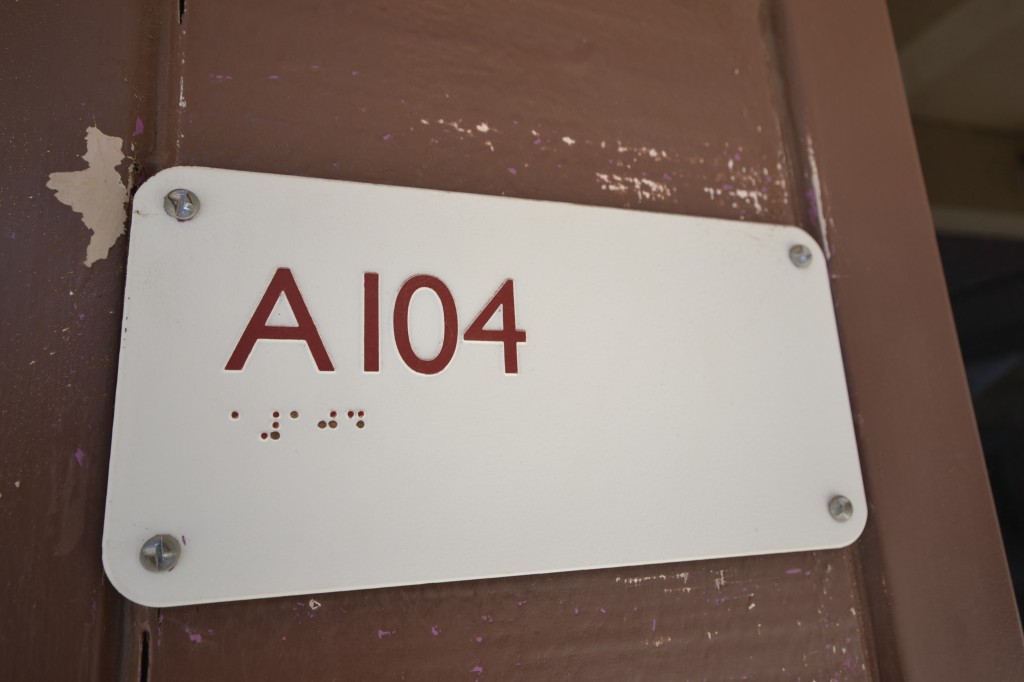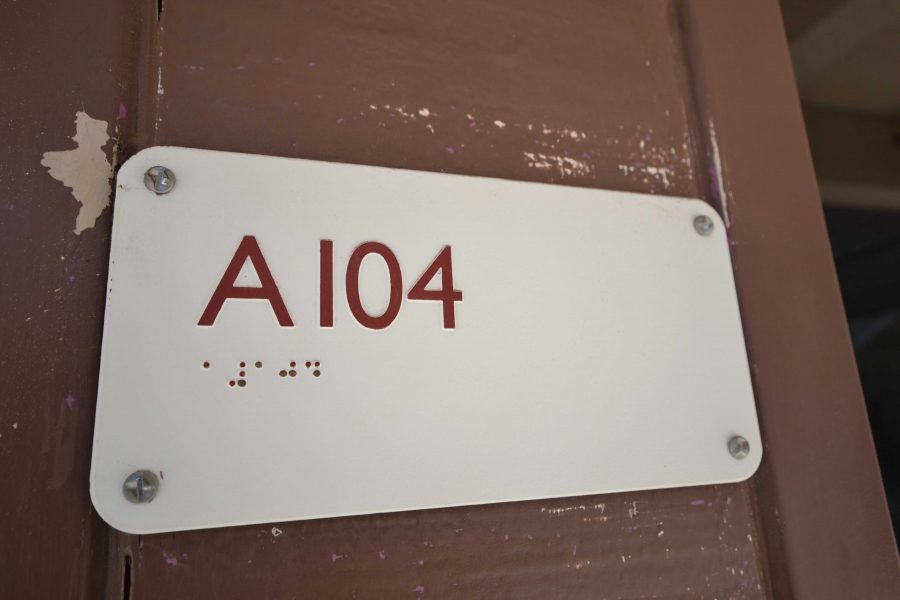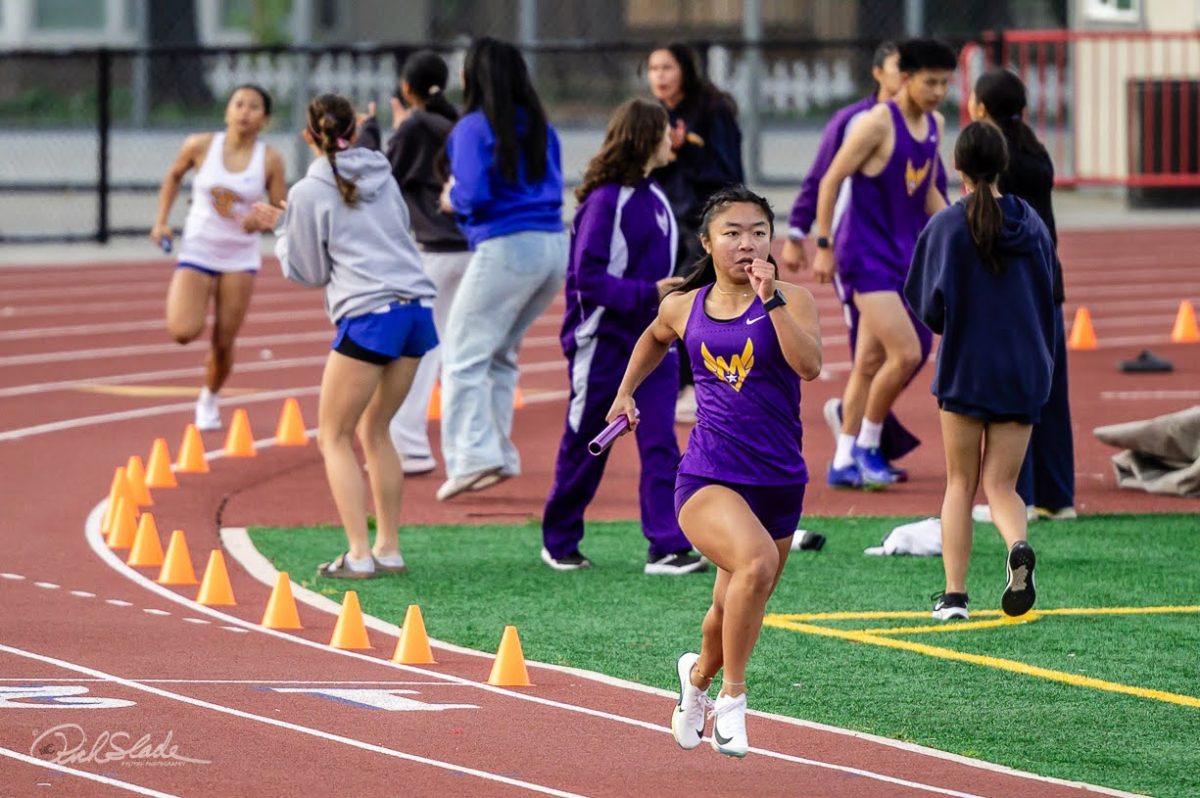 It’s Thursday morning and the tutorial bell has just rung. The classroom hums with the whir of rebooted computers, zipping backpacks and rustling paper.
It’s Thursday morning and the tutorial bell has just rung. The classroom hums with the whir of rebooted computers, zipping backpacks and rustling paper.
Some students tap on their calculators and some fiddle with their erasers, but all are hunched over the morning’s work. Pencils scratch and a mouse clicks in time with the clock. Despite their concentration, there is none of the usual classroom tension: no frantic grade calculations, no cramming, no sneering or grade-bashing. Just work. Sometimes chatting, sometimes laughing. But mostly work.
It’s 9:20 a.m. in Room A104.
“Hey, Mr. Stiver!” a student calls, one hand resting on a textbook and the other on a keyboard.
“I’ll be right back,” paraeducator Clay Stiver calls back.
As a paraeducator, Stiver’s job is to always be right back, to be right there: one constant in the mercurial life of a student.
“My role as a paraeducator is to help out the student in any way possible,” Stiver said. “And sometimes that means reteaching the lesson, one-on-one instruction, or basically anything a student needs.” Unlike teachers, paraeducators provide academic support in all subjects, help students build strong study habits, and even initiate parental intervention. It is their job to be conscious of students’ personal and academic strengths or weaknesses.
“Plus he’s the best dressed guy in Special Ed!” student psychologist Glenn Fisher said. Stiver laughed and adjusted his striped tie, which always matched the exact shade of his shirt.
[quote_right]My role as a paraeducator is to help out the student in any way possible. And sometimes that means reteaching the lesson, one-on-one instruction, or basically anything a student needs.[/quote_right]
“Now ask him if his tie always matches his socks,” Fisher said. Upon inquiry, Stiver merely shrugged and said, “No. But my shirt always does.”
Stiver’s attention to detail extends into his day-to-day routine, a full schedule of aiding students, teaching and collaborating with other teachers. Paraeducators are known for their flexibility: from coordinating and discussing strategies with other staff to one-on-one tutoring and academic advice, paraeducators are Monta Vista’s little-known support system.
“We’re the extension of the teacher,” Stiver said. “Our main role is to provide one-on-one attention for the students…in a traditional classroom, not all students may be able to receive the attention that they need.”
In MVHS’ fast-paced, high-stakes environment, students are less likely to be given the attention required for success. In a classroom where students outnumber the teacher approximately 30 to 1, some students struggle to be heard. As a result, they may be discouraged or feel incapable.
Paraeducator Ricardo Ramirez believes that low self-esteem may lower grades, and that teachers may not be as attune to their individual needs. Whereas the school system is designed for efficiency, the environment of a paraeducator’s instruction emphasizes thoroughness and strategic learning.
“[We can] break down the lesson for the student and go step-by-step on the board. We can really take the time to discuss and review with our students,” Ramirez said.
Only his first week working at MVHS, Ramirez is adjusting to the packed schedule of a paraeducator. After working for many years in education, he has harnessed his love for working with youth, and now, he is learning to become more sensitive to student struggles.
Learning in tandem with his students, Ramirez continues to persevere as a paraeducator, stating that his experience thus far has been very rewarding.
[quote_left]We’re the extension of the teacher. Our main role is to provide one-on-one attention for the students…in a traditional classroom, not all students may be able to receive the attention that they need.”[/quote_left]
“[I’ve learned that] the learning method of the student is different for every student…You get an idea of which method is best for them, and you can start helping them out,” Ramirez said, stressing that the traditional classroom is less personalized.
For sophomore Georgina Moustakas, who has worked with Stiver throughout her high school career, the main difference between the traditional classroom experience and working with a paraeducator lies in the atmosphere.
“The content isn’t different, they just make learning easier. They know how to break things down,” Moustakas said. “And Mr. Stiver…he’s just hilarious. We joke [a lot], we goof off sometimes.” Moustakas paused, thoughtful. “You know, he encourages me to do my best because he knows that I can always be my best…he says, ‘Try not to get too stressed out because I know you’re capable of doing this,’” she said. Moustakas believes that because every student is unique, their learning experience should be unique as well.
“All students have a varied level of [understanding] in each class; some struggle more than others,” Moustakas said. “Honestly, without [the paraeducators], I’d be on the bad end of math right now.”
And as Moustakas continues on the path towards graduation, Stiver and Ramirez won’t just be a fleeting presence: They will accompany her through the trials and tribulations of the academic world. Like family, students and paraeducators form a center of support and acceptance.
“Hey, Mr. Stiver!” Moustakas calls, sitting cross-legged in front of a computer. All around her, students work closely with their paraeducators, wondering aloud and asking for help.
“Mr. Stiver!”
It’s 9:20 a.m. in Room A104, and Stiver turns to his next student, who hunches over a notebook with a slight frown. Stiver points and speaks, and the student nods. Paper is torn, pens are tossed and backpacks are zipped back up again.
Long after the door closes, the room buzzes with soft scratching and overlapping voices, students and adults bowing their heads over the same textbook.








